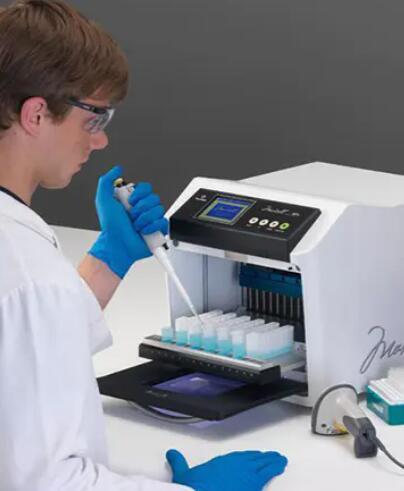How to check the quality of laboratory consumables, we take the detection of centrifuge tubes as an example, the following is a brief introduction.
1. Visual inspection:
Check whether the centrifuge tube is deformed, damaged, or cannot be closed.
Glass instruments include: German Schott, Japan Azov, German Hirschmann, Sky Glass, Shu Niu, Huaou, Bomei, Gear, etc.
2. Experimental detection:
The centrifuge tube can basically pass the preliminary acceptance after the visual inspection is qualified. If the visual inspection is unqualified or the visual inspection is qualified, there is even frequent bursting, leakage, etc., then the experimenter shall conduct the experimental inspection.
(1) Thirty centrifuge tubes were randomly sampled from this batch for experimental testing.
(2) After adding half of the physiological saline to the 30 visually qualified centrifuge tubes, centrifuge for 20 minutes at 10,000 rpm. If any tube caps are found to burst or liquid leakage occurs, it is deemed that the centrifuge tubes in this batch do not meet the requirements. This laboratory requires the return processing.
(3) After preliminary acceptance, before the batch of centrifuge tubes are put into use, take one, add 50μL of distilled water, and determine with the sample to detect whether the batch of centrifuge tubes are contaminated by amplification products.
Take 10 centrifuge tubes and place them in a clean beaker filled with distilled water and soak for 30 minutes to detect whether the batch of centrifuge tubes are contaminated by oil or ester.
(4) The batch of centrifuge tubes can be used after the above-mentioned test does not find any unqualified conditions.
At the same time, during the experiment, in order to prevent the centrifuge tube from bursting due to heating, a plate was added to the heating module.
For details, please contact: Disposable Medical Consumables Factory.



